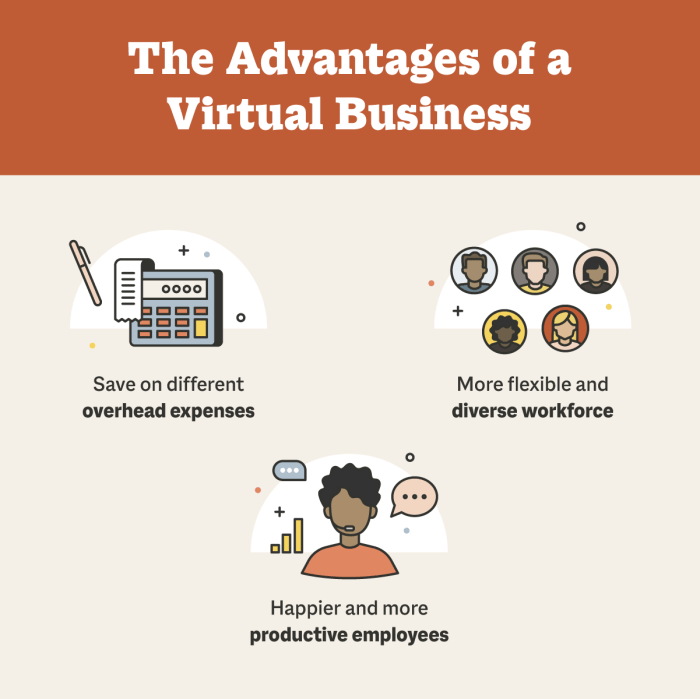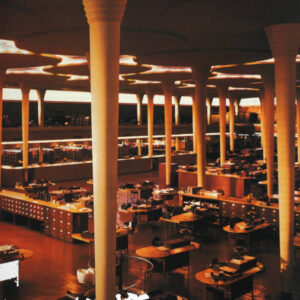
With virtual real estate tours growth at the forefront, this innovative approach to property viewing is revolutionizing how buyers and sellers connect in the real estate market. Gone are the days of solely relying on physical visits; technology has opened up immersive experiences that allow potential buyers to explore properties from the comfort of their homes.
As advancements in virtual reality and 3D imaging continue to evolve, the impact on the real estate sector is undeniable. These tours not only enhance listings but also cater to a tech-savvy audience eager for convenient and engaging ways to evaluate properties.
Virtual Real Estate Tours: Overview

Virtual real estate tours have revolutionized the way properties are showcased and viewed, allowing potential buyers and sellers to explore listings from the comfort of their homes. These immersive experiences leverage advanced technologies to provide a comprehensive view of a property, making the home-buying process more accessible and efficient. The purpose of virtual tours is to enhance property visibility while streamlining the decision-making process for buyers.Technological advancements, particularly in 3D rendering, virtual reality (VR), and augmented reality (AR), have significantly contributed to the growth of virtual tours.
High-definition cameras and user-friendly software enable real estate agents to create engaging walkthroughs that highlight key features of properties. The benefits of utilizing virtual tours are manifold, including increased engagement, reduced time on the market, and the ability for remote viewings, which opens up opportunities for international buyers.
Growth Trends in Virtual Real Estate Tours
The adoption of virtual tours in real estate has been fueled by several current market trends. As consumers increasingly seek convenience and efficiency, real estate professionals have turned to virtual tours as a solution. Statistically, the use of virtual tours has surged, with reports indicating that listings featuring virtual tours are 95% more likely to receive inquiries compared to those without.
Furthermore, the COVID-19 pandemic accelerated this trend as physical visits became limited, pushing the industry to adapt rapidly.Examples of successful case studies highlight the effectiveness of virtual tours in driving engagement. For instance, a notable real estate agency reported a 30% increase in showings for properties listed with virtual tours, demonstrating how these tools can enhance buyer interest and lead to quicker sales.
Impact on Real Estate Investment
Virtual tours have transformed the investment landscape in real estate by providing investors with detailed property evaluations without needing to visit in person. This modern approach allows for more informed decision-making, as investors can thoroughly analyze properties remotely. By offering a panoramic view of the property, virtual tours enable potential investors to assess qualities such as layout and condition, which are crucial for making investment decisions.When comparing traditional property viewing methods to virtual tours, the latter offers time-saving advantages and a broader reach.
Investors can evaluate multiple properties in a single day through virtual tours, which ultimately influences their investment strategies and decisions.
Role in the Real Estate Market
Virtual tours significantly enhance property listings by providing a dynamic and engaging way to showcase homes. Many consumers now prefer viewing properties through virtual tours rather than physical visits due to the convenience and flexibility they offer. Insights indicate that properties with virtual tours sell 20% faster than those without, showcasing their contribution to quicker sales in the market.The growing consumer preference for virtual tours is reshaping how real estate professionals market properties, allowing them to reach a wider audience and maintain engagement throughout the buying process.
Integration with Smart Home Technology
Virtual tours effectively showcase smart home features, appealing to a growing demographic of tech-savvy buyers. By highlighting features such as automated lighting, security systems, and energy-efficient appliances, virtual tours can demonstrate the value of these modern amenities. The synergy between virtual tours and smart home technology enhances the overall property appeal, making homes more attractive to buyers.Emerging trends indicate a rise in the integration of virtual tours with smart home technologies, allowing for interactive experiences where potential buyers can visualize how smart systems operate within a home.
This combination not only captivates buyers’ attention but also emphasizes the benefits of smart living.
Virtual Tours in Commercial Real Estate
Virtual tours are increasingly utilized in the commercial real estate sector, providing businesses with a powerful tool to attract tenants and investors. Commercial properties benefit from virtual tours by presenting vast spaces in an engaging manner, allowing potential clients to visualize their future operations within the premises.Examples of successful applications include office buildings and retail spaces that have employed virtual tours to enhance their marketing strategies.
These tours allow potential tenants to explore layouts and amenities, streamlining the decision-making process.However, the commercial sector also faces unique challenges, including the need for detailed descriptions of space usage and zoning regulations. Yet, the advantages of using virtual tours, such as broadening the market reach and reducing time spent on property viewings, outweigh these challenges.
Enhancing Luxury Homes Marketing
Marketing luxury real estate through virtual tours requires tailored strategies designed to highlight unique features and amenities of high-end homes. These tours can showcase opulent details such as gourmet kitchens, lavish bathrooms, and stunning outdoor spaces, creating an immersive experience that resonates with prospective buyers.Insights reveal that virtual tours significantly impact buyers’ perceptions of value in luxury real estate. By allowing clients to experience properties virtually, agents can instill a sense of exclusivity and desirability, ultimately driving interest and sales in the competitive luxury market.
Future Outlook of Virtual Real Estate Tours
Looking ahead, the future of virtual real estate tours appears promising, with anticipated trends geared toward enhancing user experiences. Advancements in technology, such as 360-degree video and AI integrations, are expected to further improve the quality and interactivity of virtual tours.As the real estate landscape continues to evolve, virtual tours are likely to become an essential part of real estate marketing strategies, shaping how properties are presented and sold.
The blend of immersive technology and strategic marketing will play a crucial role in defining the future of property transactions in the digital age.
Closure
In conclusion, the growth of virtual real estate tours is reshaping the landscape of property transactions, offering both buyers and sellers a dynamic tool for engagement and decision-making. As technology progresses, the future of real estate marketing will undoubtedly rely more heavily on these virtual experiences, making them an essential part of the industry.
Helpful Answers
What are virtual real estate tours?
Virtual real estate tours are immersive digital experiences that allow potential buyers to view properties online through 3D imagery or video walkthroughs.
How do virtual tours benefit sellers?
Sellers can showcase their properties to a wider audience, increase engagement, and potentially sell faster by providing convenient viewing options.
Are virtual tours effective for commercial properties?
Yes, virtual tours can attract tenants and investors, offering a comprehensive view of commercial spaces without needing a physical visit.
What technology is used for creating virtual tours?
Technologies like 3D scanning, virtual reality, and specialized software are commonly used to create engaging and interactive virtual tours.
Will virtual tours replace traditional showings?
While they provide significant advantages, virtual tours are likely to complement rather than completely replace traditional showings.





